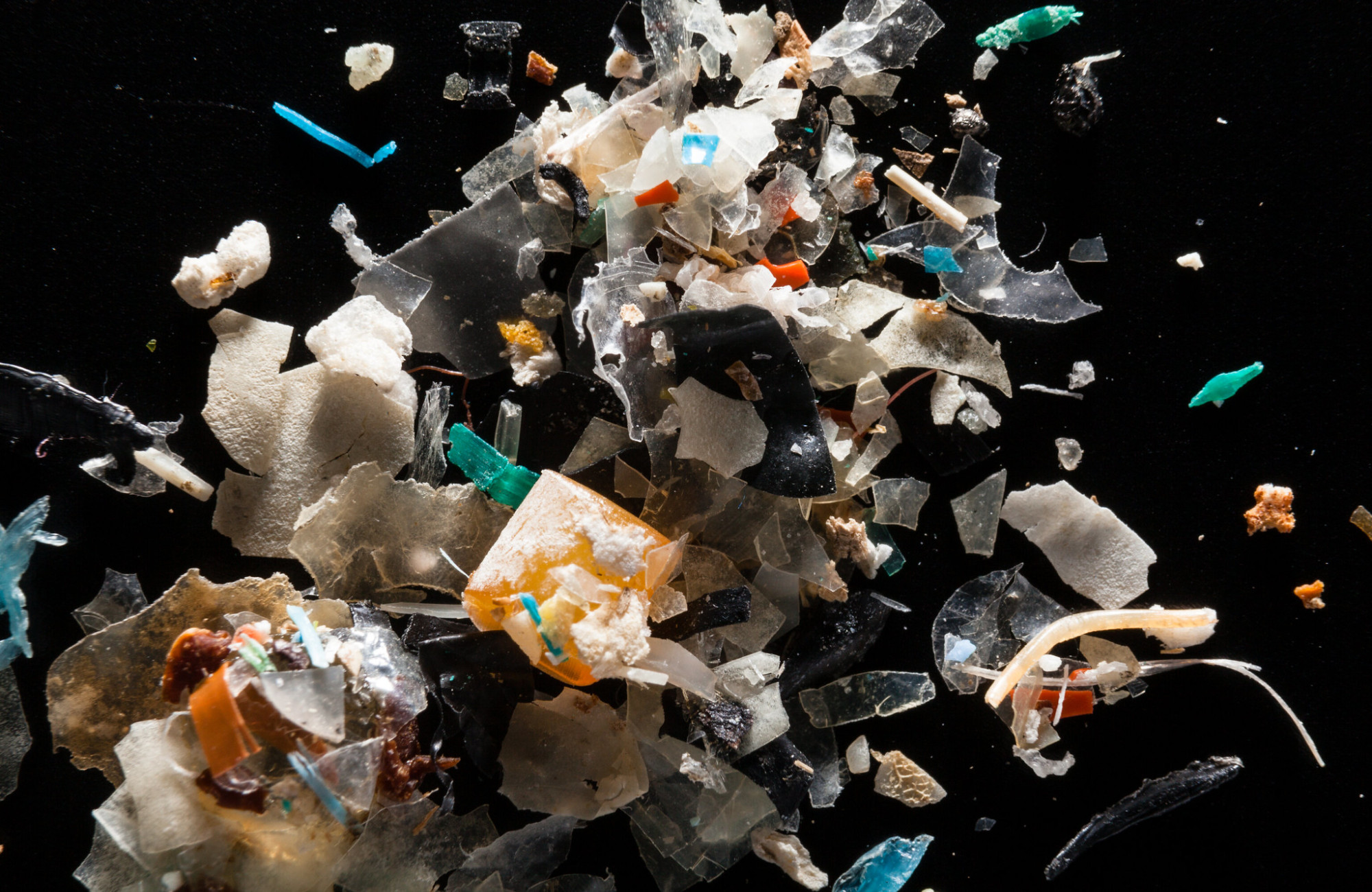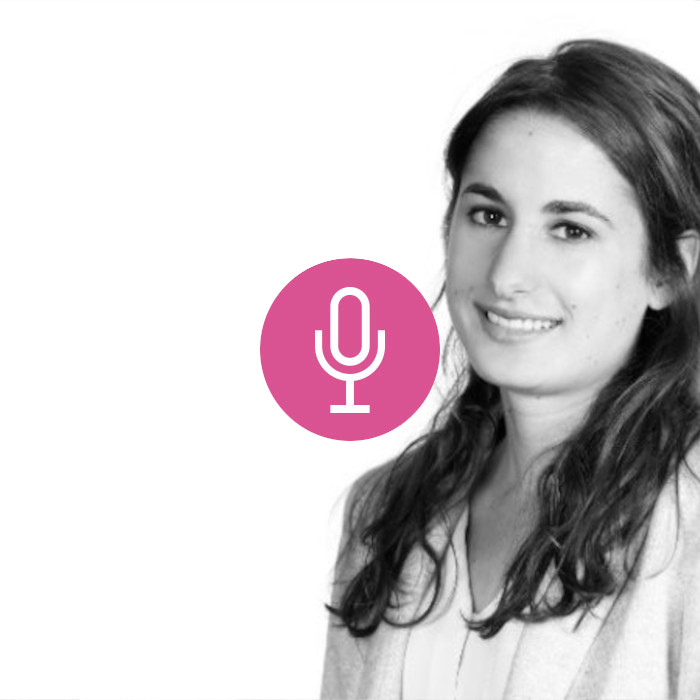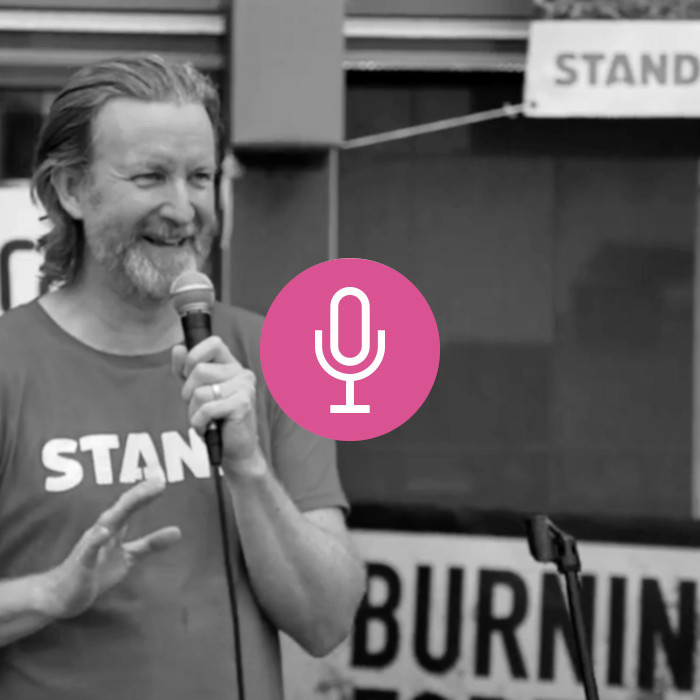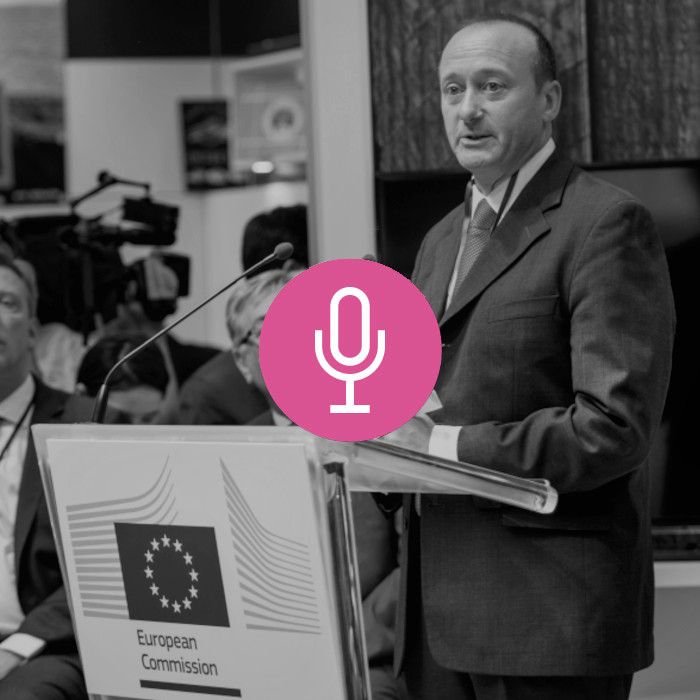- Buy here from Island Press (30 USD)
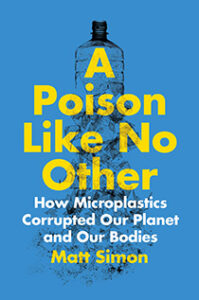
“I just want to say one word to you. Just one word. Are you listening?”
A young Dustin Hoffman nods his head with a jerk and an obedient “yes sir”:
“Plastics.
There’s a great future in plastics. Think about it.”
Watching this scene from The Graduate in 2022, this sounds like prophetic career advice. Growth in the production of plastic has consistently outpaced that of any other material since the 1950s. According to science journalist Matt Simon’s recent book A Poison Like No Other: How Microplastics Corrupted Our Planet and Our Bodies, plastic production continues to grow exponentially, “as Big Oil embraces the inevitable: humanity will someday ditch fossil fuels as fuels, but it’ll be impossible to ditch the plastic”.
But in 1967, when The Graduate was released, these words instead encapsulated uncool and misguided small talk offered by elders to fresh-out-of-college youths. By the late ‘60s plastic was already old news, not a futuristic wonder. As Simon says, “to say that WWII hooked the world on plastic like it was an opioid would be an insult to opioids.”
Plastic mania was in full swing in the mid ‘50s, evidenced by magazines filled with adverts for plastic products: plates and cups and bins and diapers, goose and duck decoys, “cushiony” car chassis, kids’ toys, TVs. In Simon’s words, “a staircase leading to the modern consumerist plasticine hellscape.”
Tracking the word “plastic” in Google’s Ngram viewer suggests the plastic zeitgeist peaked in 1963, before people began to mention plastic less and less often year on year. Fascinatingly, this trend continues. Despite our world becoming so littered with plastic that plastic is now universally inside our bodies, our babies, our air and our water, the word “plastic” was mentioned less often in published books in 2019 than in any year between 1954 and 1991.
We need to start talking and writing about this word again – because judging from the scope of Simon’s book, it could be the most important word of the 21st Century.
Size matters: why micro and nano plastics are the big problem
Even when we do talk about plastic, it is rarely in the context of pollution. In the week of writing, plastic surgery and plastic shoes have been discussed more than plastic pollution on Twitter. And less than 0.4% tweets that mention “plastic” talk about microplastics[1].
Above: Microplastics from the Patapsco River, USA, pictured at the laboratory of Dr. Lance Yonkos at the University of Maryland in 2015. ©️ Chesapeake Bay Program. Click to enlarge.
What we talk about is not always a sign of what we know: awareness about plastic pollution has increased in the past decade. David Attenborough’s Blue Planet II set off a wave of media interest and public discussion on single use plastics in the Anglosphere in 2017. The European Parliament voted to ban several single-use plastic products within a year of the documentary airing. Countries ranging from Kenya to Bangladesh have now banned plastic bags, and the UN has committed to forge a legally binding agreement on plastic pollution by 2024. Legislative change is key, because awareness alone does not guarantee action: later research suggested the ‘Blue Planet effect’ did not translate into behavioural change, for example.
Popular campaigns have tended to only tell the first part of the plastic pollution story. It is true that a plastic bottle may take centuries to fully decompose, but it is also fragmenting microplastics into your drink while you are drinking. Decomposition is actually the problem here, not the solution: the erosion of your car tyres, or the microfibres in your household dust and wastewater, are arguably a more significant problem than turtles choking on plastic straws.
Microplastics and nanoplastics – the tiny fragments that break off synthetic clothing and plastic products – are everywhere. Microplastics can be visible to the human eye, at 5 milimetres and under. Nanoplastics are smaller, usually considered to be a micrometre or under. To give a sense of how prevalent these tiny plastics are, Simon cites research that studied a single square foot of land, high in the remote Alps: 19 billion nanoparticles settled there every week.
Another study Simon discusses found higher concentrations of microplastics in the water around an Indonesian reef than on the bustling tourist beaches nearby. in our interview for the Land and Climate Podcast, he stated that “the ocean has so much of it, it’s now just spitting more back onto land by way of wind than it’s getting from land itself”. In other words, we have polluted our environment so much that the tables have turned: it is now polluting us.
I mean this literally. As the book’s title suggests, other chapters cover the prevalence of plastic in our bodies. We are consuming too much plastic to digest it, with one study finding an average of 800 microplastics per ounce of tissue stuck in our intestines. Scientists have found plastic in human lymph nodes, livers and spleens, and as of 2022, in blood. New research this month has shown microplastics cross blood vessels into vascular tissue, and revealed that different types of plastic collect in different parts of our bodies. Preliminary data suggests our brains have plastic in too.
Unsurprisingly, this all carries major health implications; cancerous tissue has been found to have a higher level of plastic than normal, and academics are speculating about risks ranging from neurological disorders to pandemics. In lab experiments plastics have killed or damaged human cells, and inhibited their growth – but there are still a lot more unknowns than knowns.
What can we do about it?
Every page of Simon’s book is packed with statistics; no organism or environment escapes untouched by millions or billions of plastic particles. This grounds the book in a needed credibility, given its potential for sensationalism – if you are going to argue that high street clothes might give babies cancer, you need to prove you have done a thorough literature review.
The numbers do come at a cost, however, both in terms of prose, and the emotional experience of reading. It is harrowing to hear so many metrics about the massive scale of a problem alongside repeated reminders of how little we understand about its impacts or how to stop it.
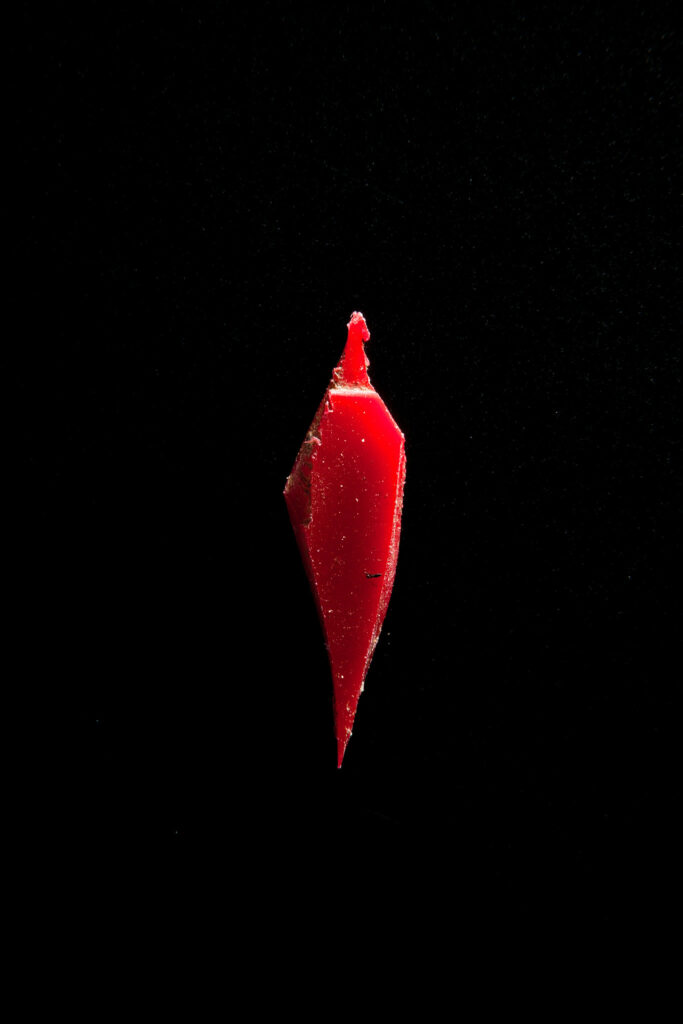
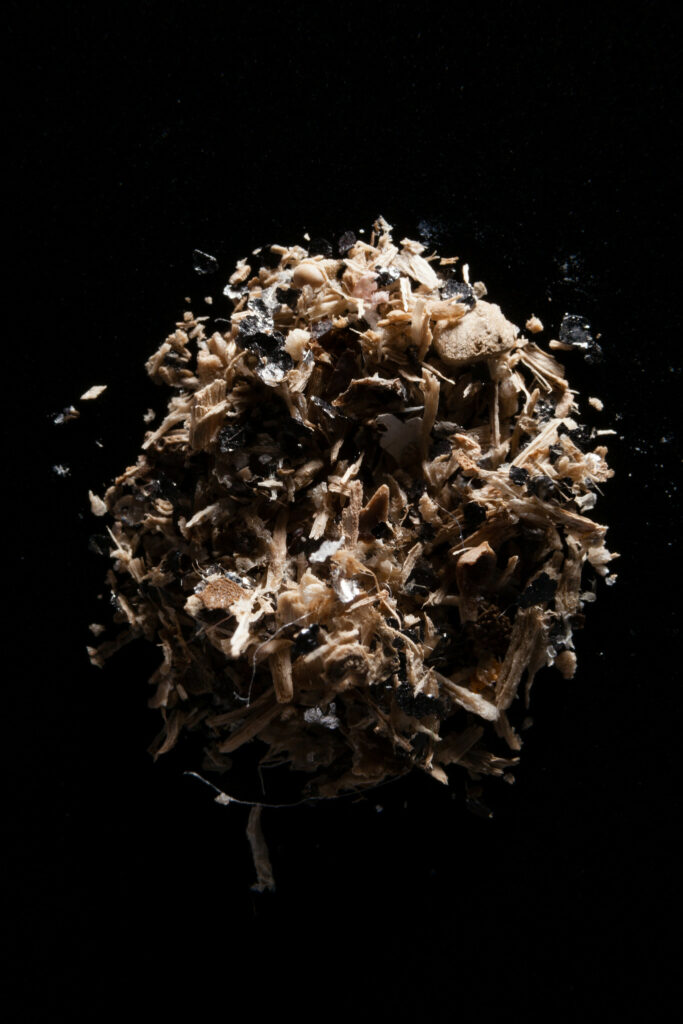
Above: Microplastics from the Patapsco River, USA, pictured at the laboratory of Dr. Lance Yonkos at the University of Maryland in 2015. ©️ Chesapeake Bay Program
Biodegradable plastics made from plants, which I once presumed would come to replace a lot of plastic, “are just as toxic as regular microplastic”. They just fragment into microplastics even more quickly, and require more plants, space and energy to produce than we can afford at scale. Recycling is effectively written off as a failed scam created by the fossil fuel industry, and Simon is dismissive of schemes to filter or scrub plastic pollution out of the oceans, although the abject stupidity and failure of one does provide a rare laugh while reading. An NGO raised $40 million to construct a 2000ft pipe to collect plastic from the Great Barrier Reef – but they made the pipe out of plastic. Eventually, it snapped in half and had to be towed to Hawaii, fragmenting plastics behind it across multiple oceans.
It is the first book I remember reading where the author interrupts the narrative to state “that this stuff is heavy, I know it, and I’m feeling your unease”. I was uneasy reading it, but part of the reason for that is how unfamiliar this information is. I do not find concepts like pollution, biodiversity loss, and cancer as emotionally taxing in other contexts. Being shocked is draining.
Ultimately, Simon does discuss solutions, giving some catharsis. But most of these solutions basically boil down to not producing and using plastic, which is not really actionable for most people. What is achievable, is to read this book, and then write and speak about plastic as much as you can. Next time you are chatting at a graduation party, you should just have one word to say.
A Poison Like No Other: How Microplastics Corrupted Our Planet and Our Bodies is available now from Island Press.
Endnotes
[1] 16th-23rd Jan, based on analysis using NodeXL of tweets featuring “plastic”.
Bertie Harrison-Broninski is an Assistant Editor of the Land and Climate Review, and an investigative researcher for Culmer Raphael. Find him on twitter @bertrandhb, and view his portfolio here.
Read more:

- Materials
